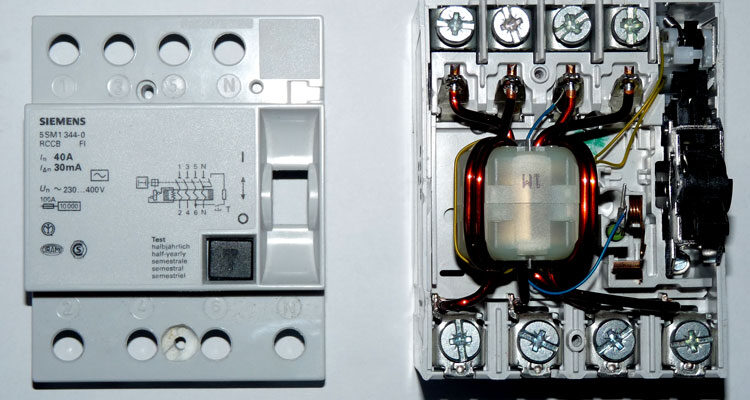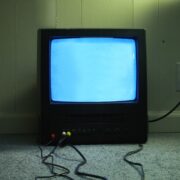A Residual Current Device, or RCD, is a safety device that stops electricity from flowing through a circuit. An RCD’s connection is similar to that of a single-phase circuit. Each phase is connected to a separate overcurrent circuit breaker, while the neutral wire is connected to a busbar. When connecting an RCD, consider how much current can flow through its contacts and the maximum rating it can handle.
RCD
A residual current device, or RCD Testing, is a device that disconnects the circuit when residual current exceeds a preset limit. These devices are generally not detected by standard protections. They work by using electromagnetic induction. A properly installed RCD should have zero risk of failure. There are several types of RCDs. Each type has its own features and benefits. Learn about the different types below.
Residual Current Device
Residual Current Devices (RCD) are electronic devices that cut off electrical current if they detect an imbalance in the voltage or current. RCDs are now mandatory in Australia since 1991 and on light circuits since 2000. Residential installations are required to install a minimum of two RCDs. In addition, all socket outlets must be distributed over each circuit, and a single RCD can protect three subcircuits. Commercial buildings, wet areas, and construction sites all have additional requirements for RCDs.
Types
Residual-current devices are electrical safety devices that latch and trip when power fails. The device is wired into the power cord of an appliance, where it is rated for up to 13 A and latches electrically when the circuit loses power. The active residual-current device latches and trips if a leakage current of 30 mA is detected. It is most useful for equipment that can be dangerous if it is re-energized unexpectedly. Earlier residual-current devices relied on over-centre mechanisms.
Ratings
To ensure that the electrical safety of your home or building is not compromised, residual current devices should be installed in all power circuits. This article will discuss the types of residual current devices, their functions, and how to choose the right one for your needs. As the name suggests, RCDs protect against electrical shocks and fires and are mandatory for domestic installations in Australia since 2000. To ensure that you’re protected against electrical shocks, residual current devices should have a minimum of two RCDs per circuit. In addition, all socket outlets must be connected to at least two circuit RCDs, and up to three sub-circuits may be connected to a single RCD. To determine what residual operating current a particular RCD is capable of withstanding, a thorough analysis of the circuit should be conducted, referencing Chapter 53 of the BS7671: 2018 as
Testing
Residual-current devices, also known as GFIs, appliance leakage current interrupters, safety switches, or RCDs, are a type of electrical safety device that can prevent the risk of a shock or other dangerous conditions. These devices are commonly found in areas such as kitchens and bathrooms, where residual current can cause a fire hazard. To determine whether your residual-current device is functioning properly, you must perform periodic tests. The following steps will teach you how to test these devices.


















Comments